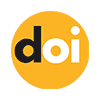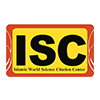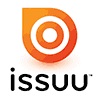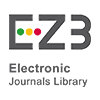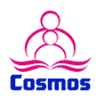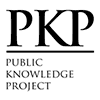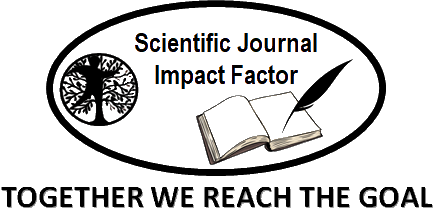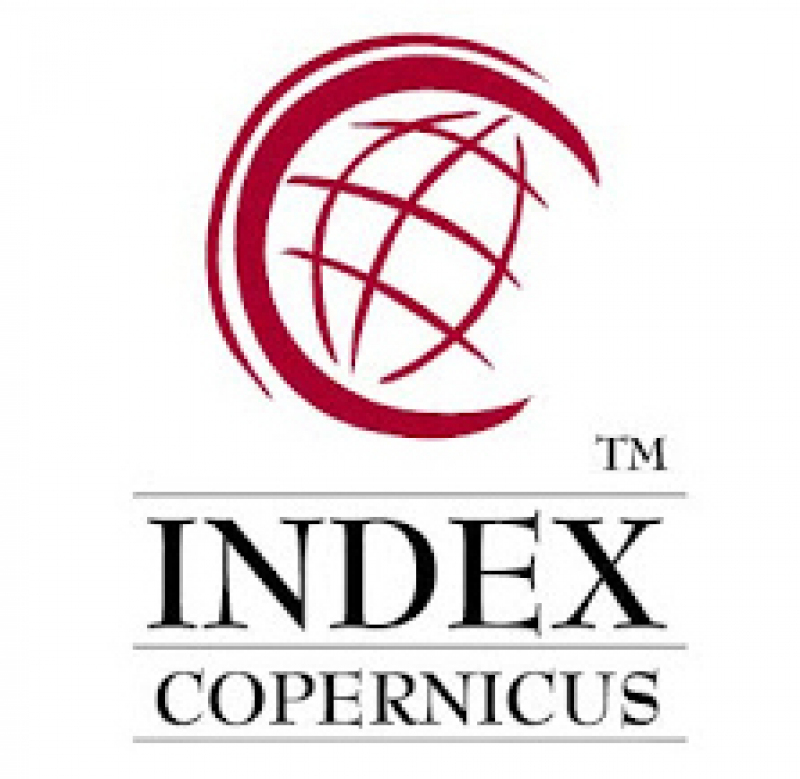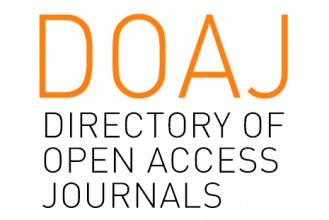Vitagen Technologies for the Developing Media Mentality of Youth
Abstract
This paper explores the application of vitagen technologies in shaping the media mentality of youth in the digital age. Drawing on recent literature and empirical studies, it analyzes how digital tools influence cognitive, emotional, and social development among adolescents. The study emphasizes both the empowering potential of media engagement and the challenges posed by digital environments. By evaluating educational frameworks, media literacy initiatives, and social media behavior, the paper highlights strategies for integrating youth into digital culture responsibly. The research advocates for balanced, context-sensitive approaches to media education, fostering critical thinking and emotional resilience in a rapidly evolving media landscape.
Keywords
Full Text:
PDFReferences
Griffiths, C. (2007). Call on me: the cell phone: a multi-media tool of communication amongst South African youth and how it can be used to platform youth stories for media and advertising. [PDF].
L. Sr. Mitchell, J. (2012). The effects new literacy and digital learning have on our youth. [PDF].
Abdul Gani, S. (2017). Parenting Digital Natives: Cognitive, Emotional, and Social Developmental Challenges. [PDF].
Riendeau, R. (2019). Supporting Teacher Collaboration Aimed at Developing High School Students’ Digital Media Literacy: A Participatory Action Research Study. [PDF]
Pawluczuk, A., Webster, G., Smith, C., & Hall, H. (2019). The Social Impact of Digital Youth Work: What Are We Looking For?. [PDF].
Magis-Weinberg, L., Ballonoff Suleiman, A., & E. Dahl, R. (2021). Context, Development, and Digital Media: Implications for Very Young Adolescents in LMICs. ncbi.nlm.nih.gov.
E. Torres, P., I. N. Ulrich, P., Cucuiat, V., Cukurova, M., Fercovic De la Presa, M., Luckin, R., Carr, A., Dylan, T., Durrant, A., Vines, J., & Lawson, S. (2021). A systematic review of physical-digital play technology and developmentally relevant child behaviour. [PDF].
Purington, A., K. Masur, P., (Natalie) Bazarova, N., Wenting Zou, E., & Whitlock, J. (2022). The Youth Social Media Literacy Inventory: Development and Validation Using Item Response Theory. osf.io.
Timotheou, S., Miliou, O., Dimitriadis, Y., Villagrá Sobrino, S., Giannoutsou, N., Cachia, R., Martínez Monés, A., & Ioannou, A. (2022). Impacts of digital technologies on education and factors influencing schools' digital capacity and transformation: A literature review. ncbi.nlm.nih.gov.
DOI: http://dx.doi.org/10.18415/ijmmu.v12i3.6838
Refbacks
- There are currently no refbacks.
Copyright (c) 2025 International Journal of Multicultural and Multireligious Understanding

This work is licensed under a Creative Commons Attribution-NonCommercial-NoDerivatives 4.0 International License.
https://ijmmu.com
editor@ijmmu.com
facebook.com/ijmmu
Copyright © 2014-2018 IJMMU. All rights reserved.





